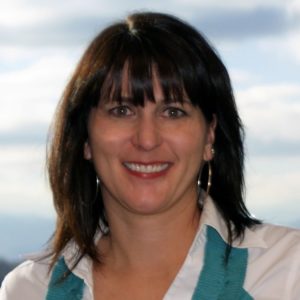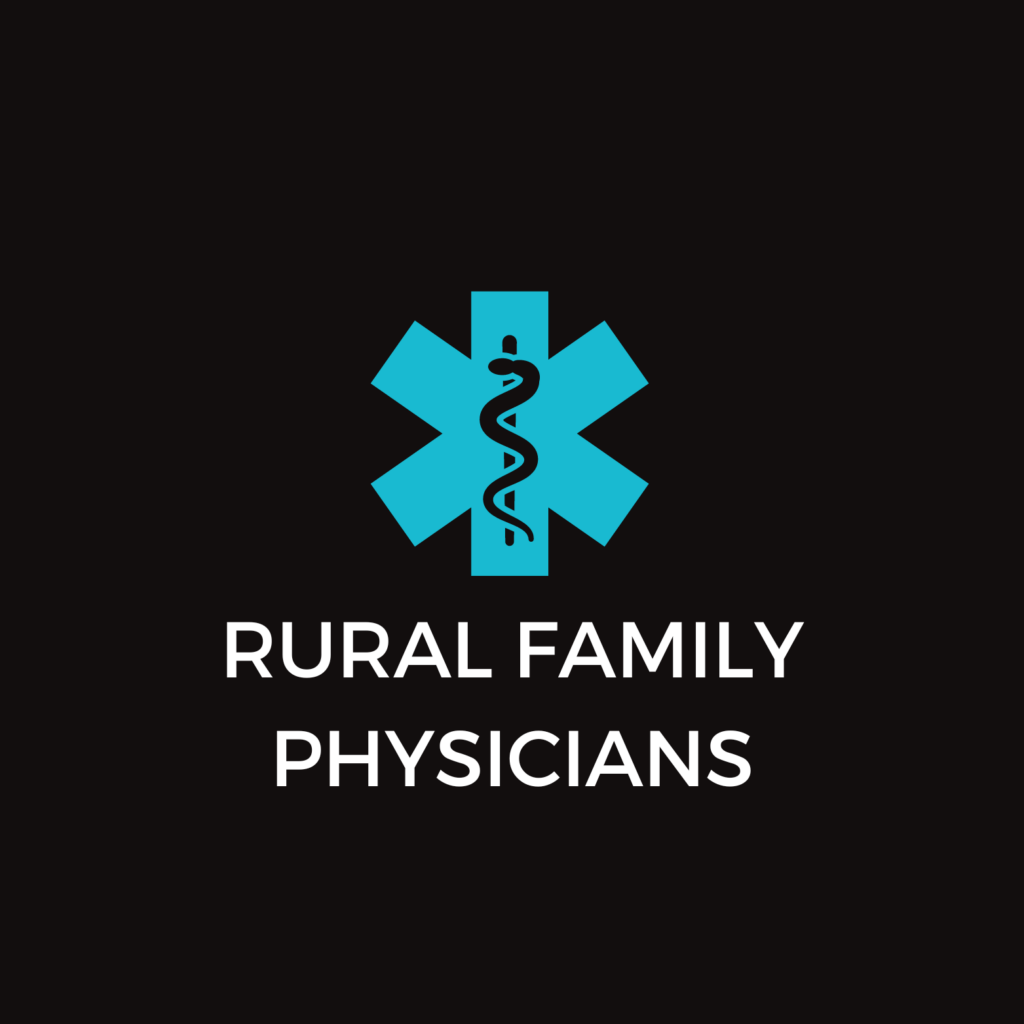In the midst of the government shut down and the proposed cuts to rural healthcare, now is a critical time to speak the truth about the data. Everyday new information is being added to the world’s unstructured database at a rate that exceeds our cognitive threshold. How do we take the information related to healthcare for the underserved and put it into action to tell our story? The team at the Colorado Rural Health Center asked this question and is helping to create a solution. Our county designation map is an easy way to visually see the vast space in Colorado that is rural and frontier and has been used throughout Colorado. We see it at conferences and publications, and we’re thrilled to be providing a resource that many find useful. We have found that maps detailing the needs in rural Colorado are a vital way we can contribute to solutions being created by our entire readership.
CEO Update: Mapping the Healthcare Landscape
0 Comments
Why do we believe that mapping is so important? Here are some quotes from mapping experts…
· A United States Colonel is quoted by saying “the last thing you think of and the first thing you need is a map.”
· And the Sonoma Ecology Center states on their website that “maps are like campfires – everyone gathers around them, because they allow people to understand issues at a first glance, and find agreement and how to help.”
As one of our many resources presented to the public, we want to continue to display landscapes that help explain the difficult problems and the great successes in our rural communities. Here are a few of the new maps available.
All certified critical access hospitals in 2013 are displayed on thismap. Rural hospitals have increasing challenges that become more complex each day. The map outlaying the hospitals may be used for multiple purposes to educate legislators, to understand our facility landscape, in community development planning, among others.
The safety net landscape, current as of August 2013, can be found here. Federally-certified Rural Health Clinics and other safety net clinics provide services to people who would otherwise go without care. Their participation in the medical community is imperative to accomplishing our state’s health goals, especially in rural communities. Currently CRHC is working with 52 Federally-certified Rural Health Clinics and 50 additional clinics located in rural Colorado. Watch for an updated map.
As you know, many of our counties are without a hospital and the recent threats and recommendations from the OIG Report are suggesting more of our counties should have limited access to resources. Thismap gives a graphical representation of these areas. With access to care as a primary concern in healthcare, it is important to recognize the geographic representation of hospitals is not equitable across the state.
Since the Colorado Rural Health Center began recruiting healthcare professionals 2005 in rural and underserved areas, over 140 providers have been placed by our program. A map of all placements with the hot spots can be found here.
We’ve created separate maps for hospitals and clinics, but it’s also important to gain a clear view of all rural healthcare locations. Thismap clearly indicates the rural health clinics and critical access hospitals across the state.
New maps are being planned and will be available on our website every month in 2014. We encourage you to use this information for as many purposes as possible. Maps will help to educate the public, make program decisions, and give all of our work the credibility it deserves. Maps not only describe the healthcare landscape, but also show the accomplishments that we’ve all achieved. Please let us know if you’d like to see any additional information represented on a map. You can find a list of all available maps, created by us and partners, here.




